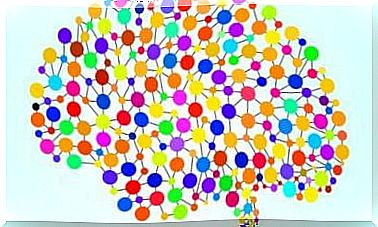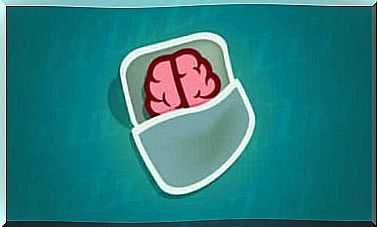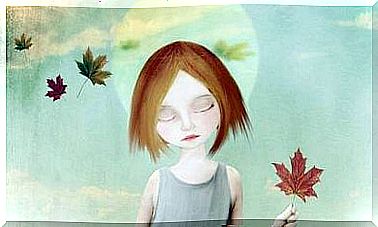Children In Therapy: Treating Dysfunctionality
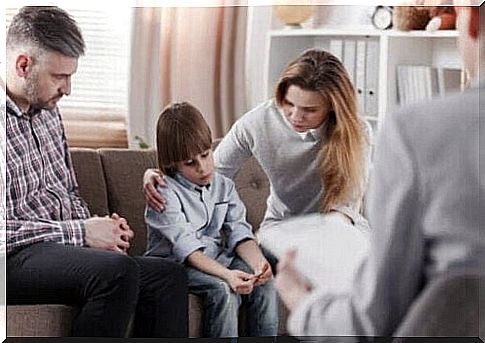
Today, the number of children in therapy is steadily increasing. The approaches to explain this phenomenon and the dysfunctionality of these children suggest social factors.
To some extent, family dynamics are a reflection of the dynamics of our society today. It is therefore not really surprising that children today are struggling to find meaning in this increasingly chaotic world. What are the motivating factors for your dysfunctional behavior? And how can psychological therapy be helpful in treating this dysfunction ?
We want to deal with that in more detail now.
Chaos on a family and social level
Aggression and violence among students are increasing in elementary and middle schools. Nevertheless, it would be reductionist to attribute this violence to the school environment alone.
Even so, we should definitely ask ourselves why we expect schools to be free from violence when violence is a constant in every other social context. Traffic accidents, corruption, bodily harm, assaults, etc. Violent clashes can occur even on soccer fields.
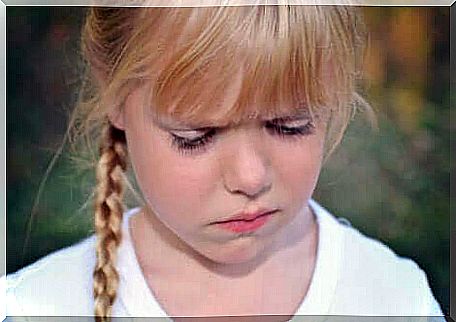
The working environment is also often very unstable today, and corruption and abuse are commonplace. All of this has resulted in an economy characterized by a widening gap between rich and poor and large numbers of disenfranchised, angry people. And as if that wasn’t enough, television is full of films about wars between the stars and people in show business.
If society is to provide the children with parameters about what is right and wrong, but they only see stupidity, corruption and violence, a crucial question arises: How can we then expect these children to have a healthy worldview?
In addition, the permanent state of crisis also exacerbates problematic situations and conflicts in the family environment. This in turn ultimately leads to a certain degree of neurosis in every single family member. As a result, dysfunction is no longer just a trap, it becomes a real threat.
Problems at home
Family units do not exist in isolation from the environment. They are tied into the social context and therefore they inevitably reproduce to a certain extent the good and bad of the cultural environment in which they find themselves.
Today the family climate is identical to the social climate. People struggle to keep up with an excessive workload and fear that if they fail they will be replaced.
In addition, many couples do not speak to each other at home, either. They take care of the organization of daily life and the upbringing of the children. As a result, conversations often revolve around outstanding bills and schedules.
However, deeper and personal questions and reflections are mostly neglected. Because many people do not want to risk the delicate balance of their existence. They are afraid of the chaos that a possible breakup would entail. This lifestyle creates a certain helplessness that manifests itself in unhealthy reactions, which in turn can develop into something much larger and more destructive.
Children and symptoms of dysfunction
The children get stuck in these behavior patterns and the parents become less tolerant. A demanding environment with little room for complaint or emotional expression leads to violent situations. However, the effects of marital tension are far more profound. If the parents argue constantly, the children are inevitably drawn into this conflict-ridden vicious cycle.
Ultimately, every child becomes a part of this dispute and tends to side with either the mother or the father. If the child takes the father’s side, he or she will be angry or indignant about anything the mother does to the father.
At the same time, however, this also makes the children feel guilty because they feel guilty for thinking bad things about their mother and vice versa. Therefore , this cycle of guilt and anger leads to the fact that the tense and stressful family situation continues to exist.
Communicating complexity quickly becomes complicated. The children’s feelings therefore also manifest themselves in other contexts. In other words, they start to misbehave in another place where they spend a lot of time: school.
Problems in school
There, in turn, the child reproduces the unhealthy communication style that it has learned at home. In addition, it also frees itself from pent-up fear and stress. If the children repeat the violent behavior they have observed at home just a few times in school, this leads to them being labeled as “tyrants” in school.
Therefore one thing leads to another and they also become victims of hostility and exclusion from classmates in school. But that’s not all, because they now feel excluded and alone and this can then lead to even more aggressive and violent behavior, which only confirms the perception of the others.
In addition, sooner or later parents will receive notifications from the school about their children’s aggressive behavior and poor school performance. This usually leads them to focus their attention on this child. They will also try different reward and punishment methods to change the children’s behavior. However, as you can probably guess, this strategy is pretty ineffective and will not eliminate the dysfunction.
Because now the child is problematic not only in school, but also at home. Yet there is a certain wisdom in this. The children have released their pent-up emotions and are now receiving the parents’ attention. In addition, it is also a distraction from the discussions that could otherwise lead to the parents’ separation. Nevertheless, this energy-sapping cycle repeats itself over and over again. If you don’t stop it, it will only lead to further chaos, despair, and ultimately mental disorders as well.
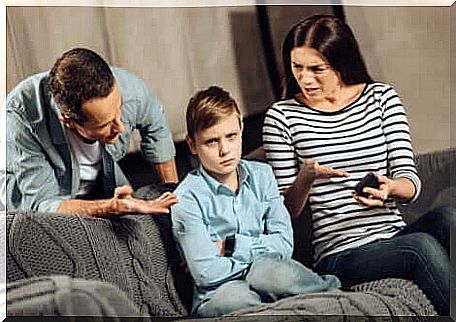
Therapy can help address dysfunction
Nowadays it is more socially acceptable to have therapy than it used to be. Most people no longer associate this with “mental illness”. Instead, therapy is now generally viewed as a healthy way to address mental health issues and improve wellbeing.
Some therapists talk to the parents first. Only then do they conduct a series of individual sessions with the child. From the age of four to five, therapists use play therapy to identify and decipher the signs of conflict.
The symptoms the children show may be indicative of parenting relationship problems, separation anxiety, fragmented families, etc. Hence, the therapist’s job is to decipher the message conveyed by the symptoms and dysfunction. For this reason, family therapy is often appropriate. Because this allows the therapist to understand the family dynamics and the resulting behavior of the child.
Regardless of which therapeutic approach the psychologist pursues, in the end there is always a goal. Providing the child or teenager with the tools they need to reverse this dysfunctional process.
In addition, therapists need to educate parents about what exactly is happening. Because they must also take responsibility for the root causes of the problem. However, if they continue to shift all responsibility onto the child, they will not be able to solve anything. And the cycle continues.
Final thoughts
In summary, psychotherapy should be a space for reflection and learning. It is also a way of organizing and correcting the detours and destabilizing factors in a person’s wellbeing. For a child who lives with stress, fear, insecurity and instability, it is very important to be able to smile again at some point.

